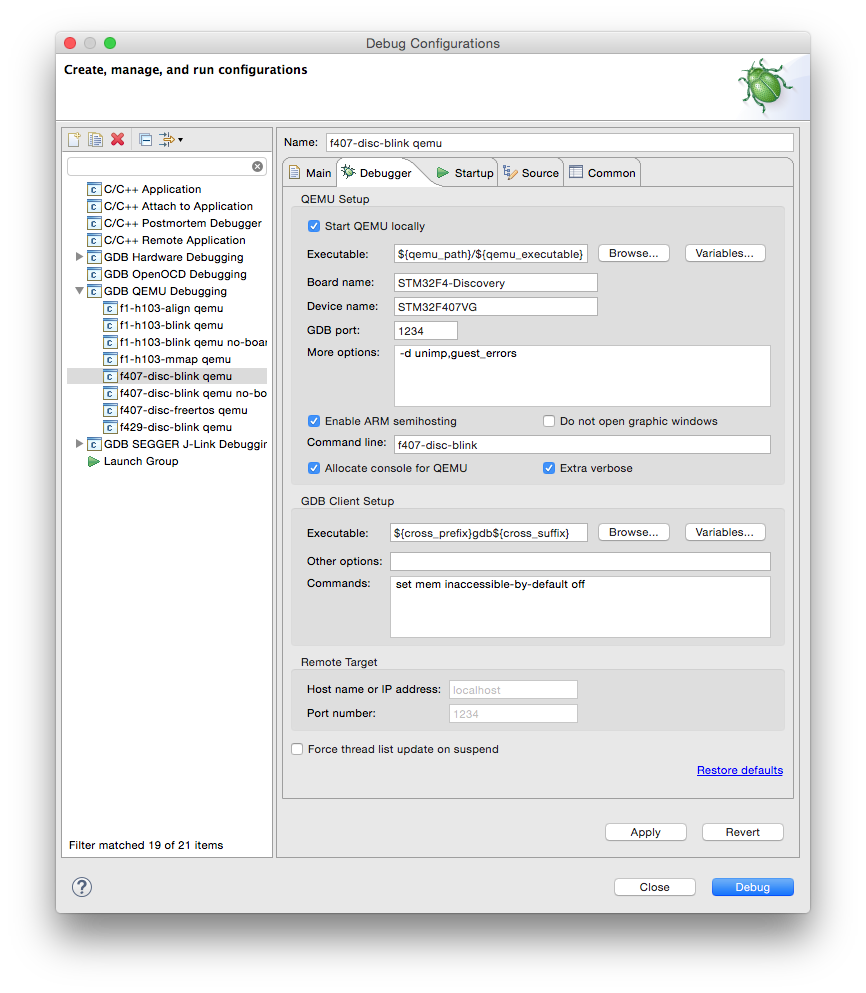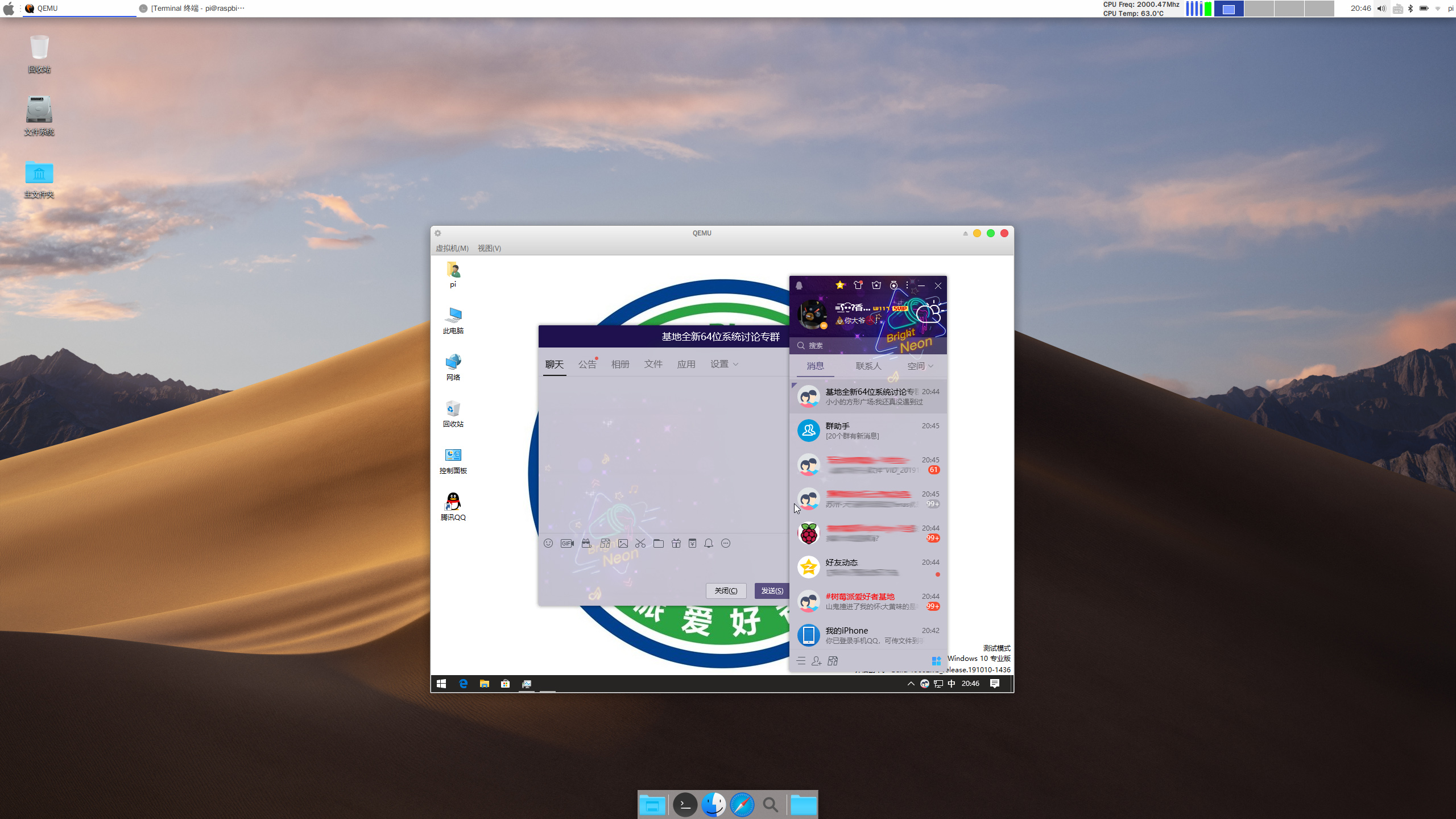

Run ifconfig tool on the command line and set the same IP address for the serverip. Now using the following commands load the kernel,device tree and init ramdisk. 1 qemu-system-arm -M vexpress-a9 -kernel u-boot -serial stdio -append 'consolettyAMA0'.
#QEMU SYSTEM ARM COMMAND NO OUTPUT WINDOWS HOW TO#
How to run qemu with -nographic and -monitor but still be able to send Ctrl+C to the guest and quit with Ctrl+A X? Once complete start QEMU with following command.

Typing help or in the monitor brings up a list of all commands. Once in the monitor, Ctrl-Alt-1 switches back to the guest OS. Redirecting Qemu output to terminal might cause some problem (personally i dont like it).

E.g., it improves behaviour if you also want to add a handy -monitor telnet later on: The monitor is accessed from within QEMU by holding down the Ctrl and Alt keys (or whatever the 'mouse grab' keystrokes are), and pressing Ctrl-Alt-2. serial mon:stdio is optional in this minimal command, but it is generally a good idea to have around. The command I used was: qemu-system-arm -M raspi2 -kernel kernels/-raspbian-boot/kernel7.img -sd -raspbian-jessie.img -append rw. The serial port sends characters between host and guest, instead of pixels on a display, and then QEMU can display those characters on the terminal. you can simply install Home Assistant using Docker without the need for command-line. append 'console=ttyS0' makes QEMU pass the console=ttyS0 kernel command line option to Linux, which tells the kernel to use a serial port instead of the display. In Windows 10, right click on the Start menu, then choose Command Prompt (Admin). Edit the Settings of the VM and go to System > Motherboard. That option was also needed for Linux kernel be besides -nographic mentioned by osgx as in a comment: qemu-system-x86_64 -append 'console=ttyS0' \


 0 kommentar(er)
0 kommentar(er)
